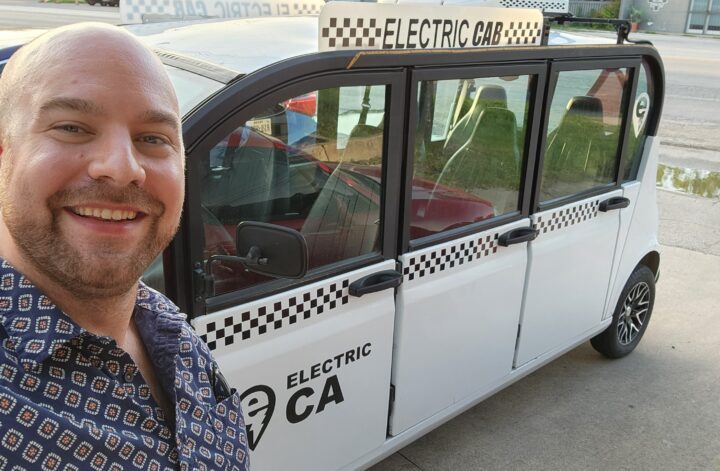In November, I attended the co-located Disasters Expo USA and Resilient City Expo at the George R. Brown Convention Center in Houston — two major events that brought together hundreds of professionals working at the intersection of disaster preparedness, emergency response, infrastructure planning, and urban resilience. Together, these expos created a dynamic national forum for collaboration, where engineers, policymakers, sustainability advocates, and innovators shared ideas on how to prepare communities for the challenges of a changing climate.
While many attendees gravitated toward the keynote sessions and fireside conversations, I spent most of my day on the exhibition floor, exploring the vendor booths and speaking with people behind the latest technologies and materials that are reshaping how cities respond to crises and rebuild stronger afterward. For me, the magic of this event was in seeing tangible, real-world applications — tools and ideas that move resilience beyond theory into practice.

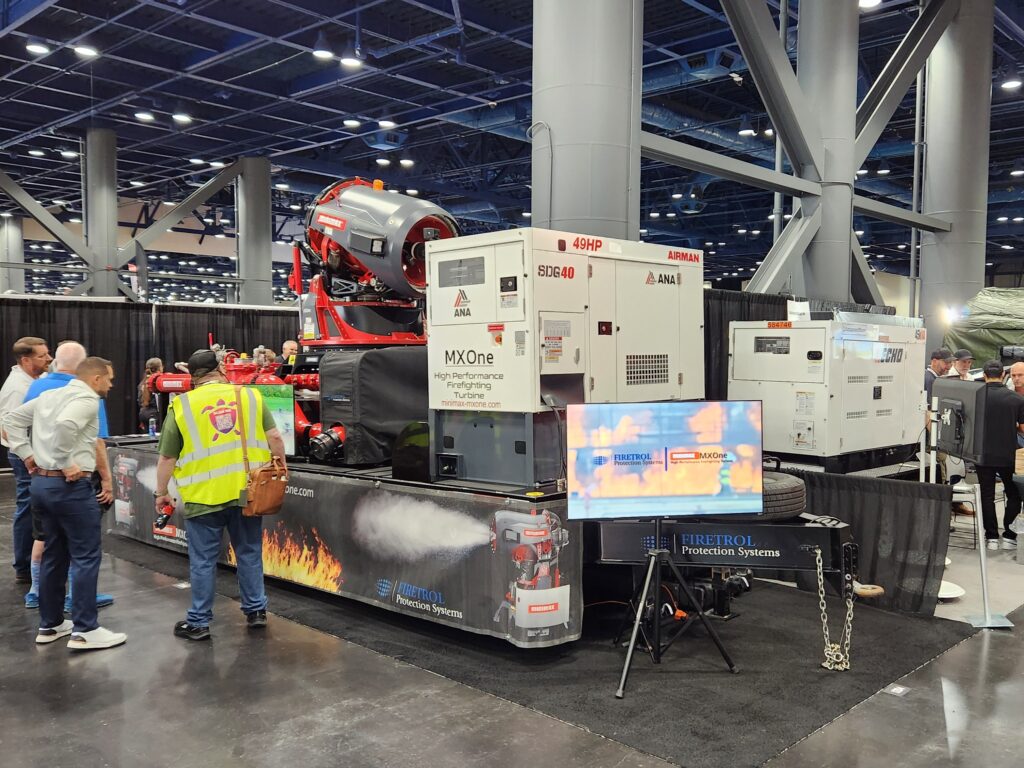



A Ground-Level Look at Innovation
There’s something motivating about walking a trade show floor filled with people who aren’t just talking about resilience, they’re building it. From emergency communications systems to off-grid shelters, every booth represented a piece of the larger resilience puzzle. The diversity of solutions was striking: drones mapping disaster zones, flood mitigation technology, portable solar systems, storm-hardened housing, and climate data platforms all under one roof.
That convergence, between immediate disaster response and long-term resiliency, perfectly captured the spirit of this event. The Disasters Expo USA focused on tactical tools for rapid response and recovery, while the Resilient City Expo showcased planning strategies, materials, and technologies that help communities adapt for the future. Walking between the two was like moving between planning for today and for tomorrow.
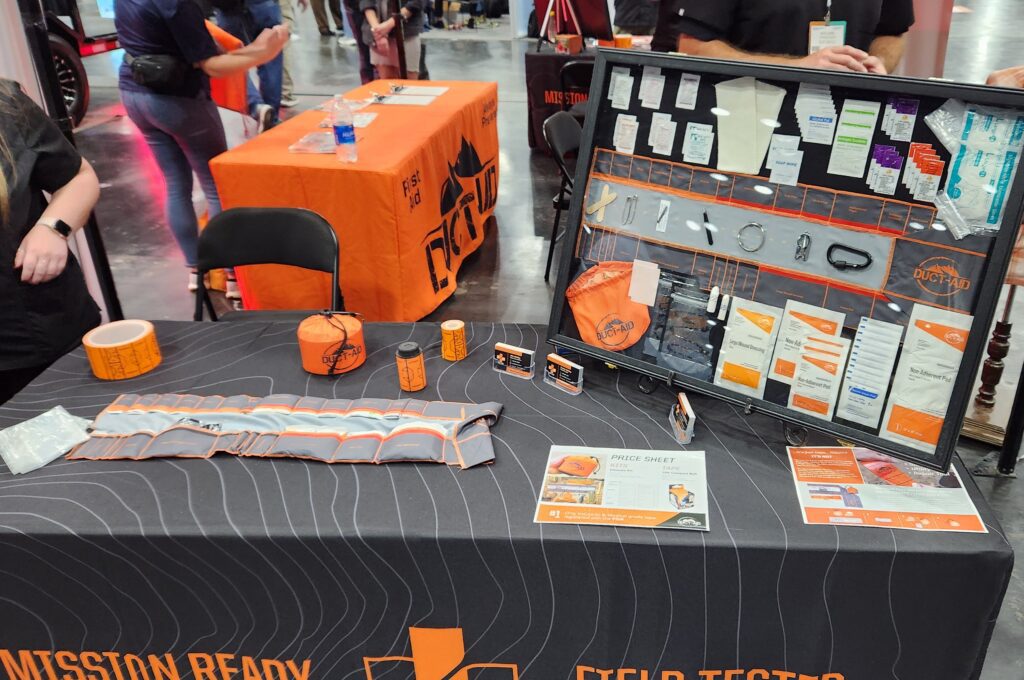

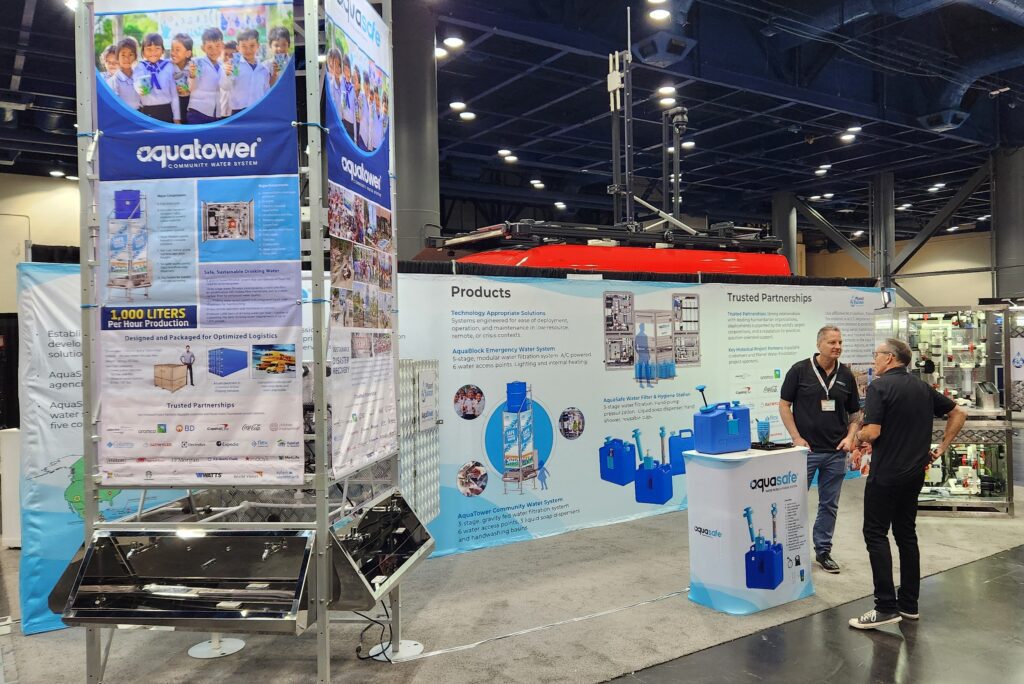
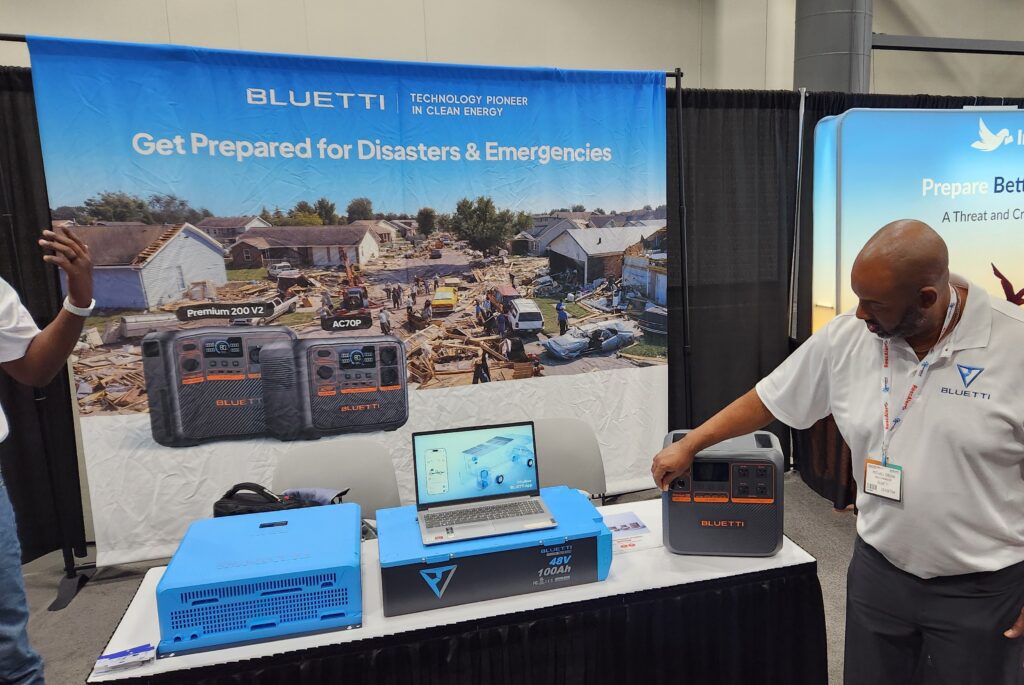
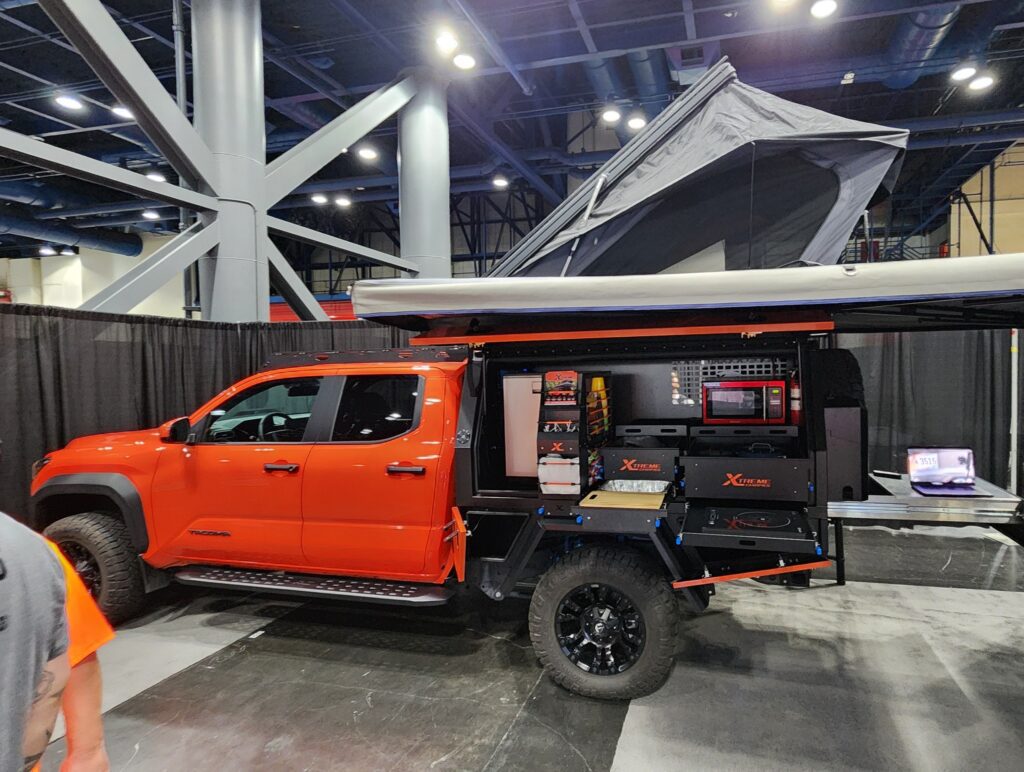
Drones and Aerial Technologies: Seeing Resilience from Above
One area that instantly caught my attention was the drone technology. These weren’t just hobbyist drones — they were advanced aerial systems capable of real-time mapping, damage assessment, and search-and-rescue coordination.
Several vendors demonstrated how drones equipped with thermal imaging and LiDAR scanning can help first responders safely survey hard-to-reach areas after hurricanes, floods, or wildfires. In regions like Texas, where the landscape ranges from dense cities to sprawling rural areas, this technology can be a literal lifesaver — reducing response times, enhancing coordination, and helping agencies make data-driven decisions in critical moments.
It was fascinating to see how drone data integrates with GIS platforms and emergency dashboards, giving responders a clearer, faster picture of what’s happening on the ground. As climate events grow more frequent and severe, aerial insight will only become more essential in response and recovery workflows.
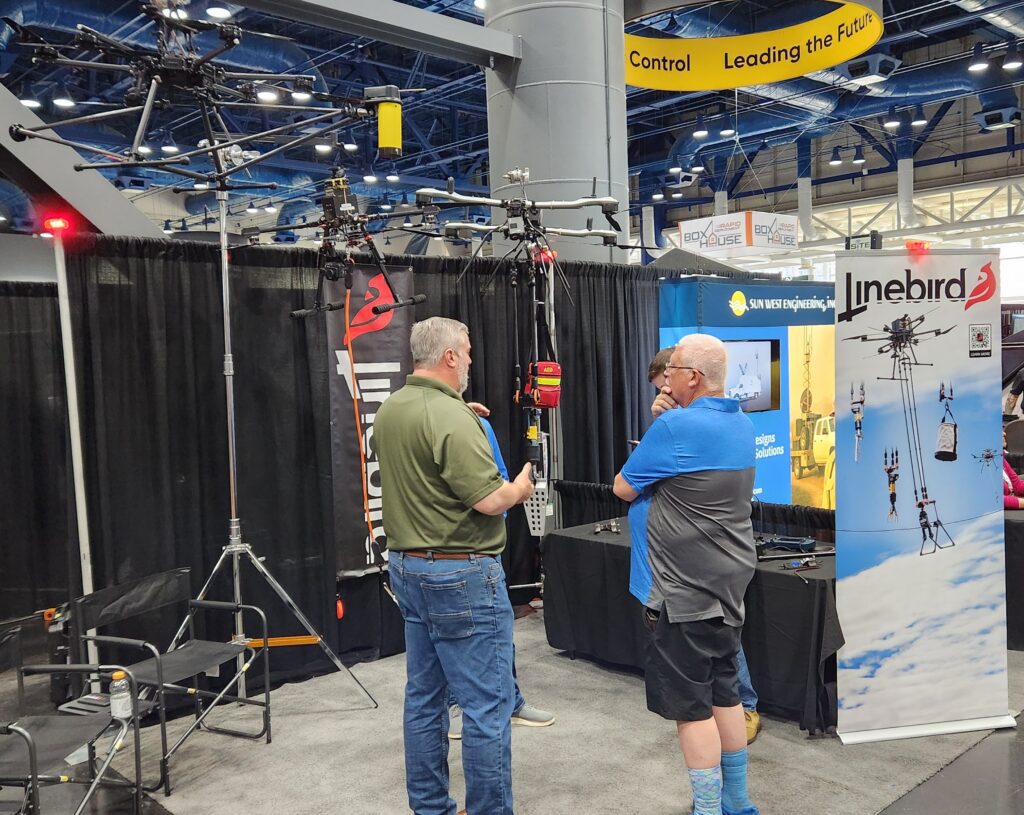
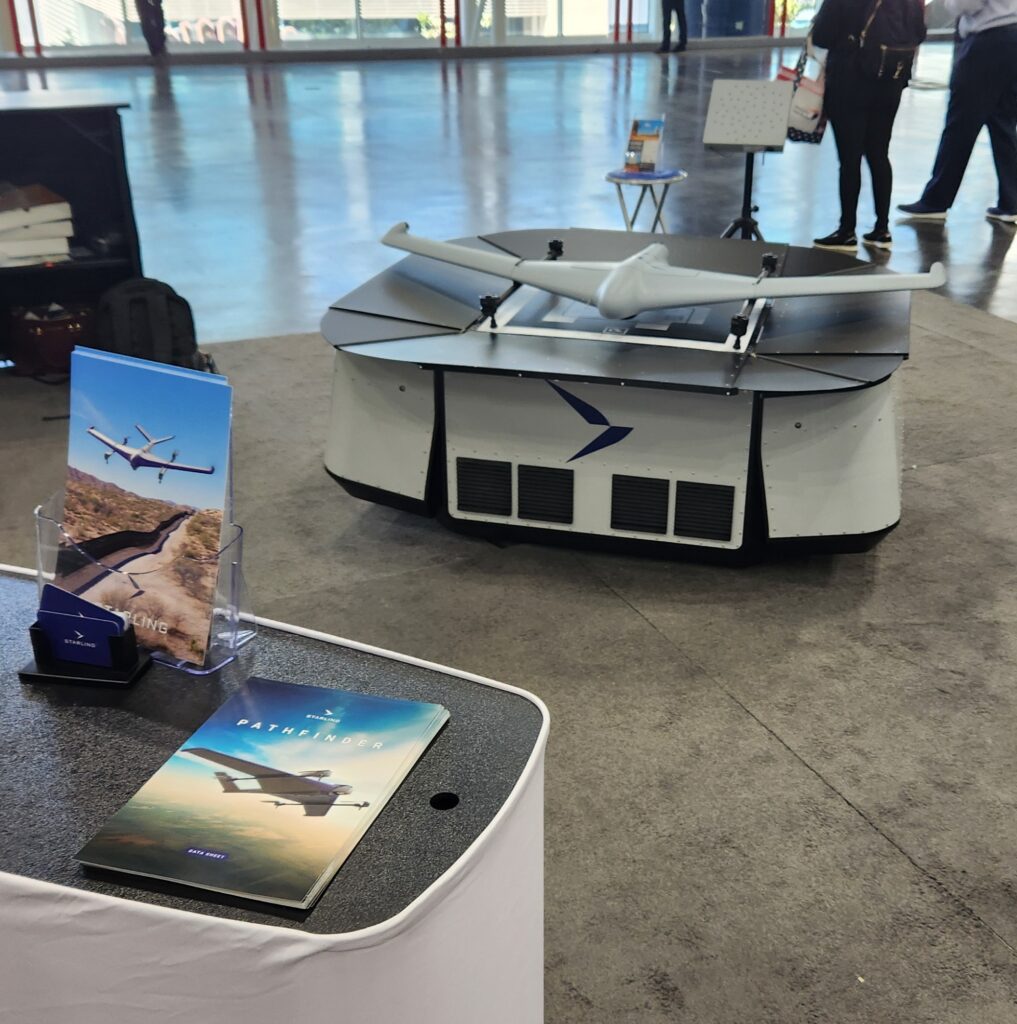
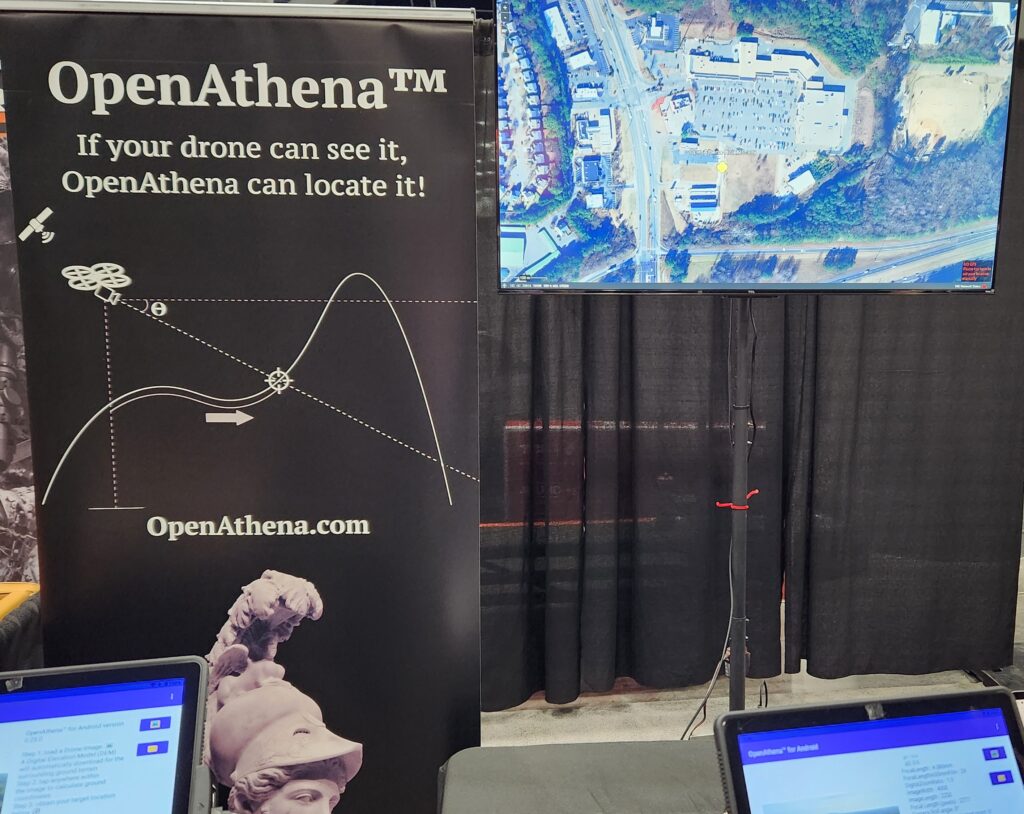
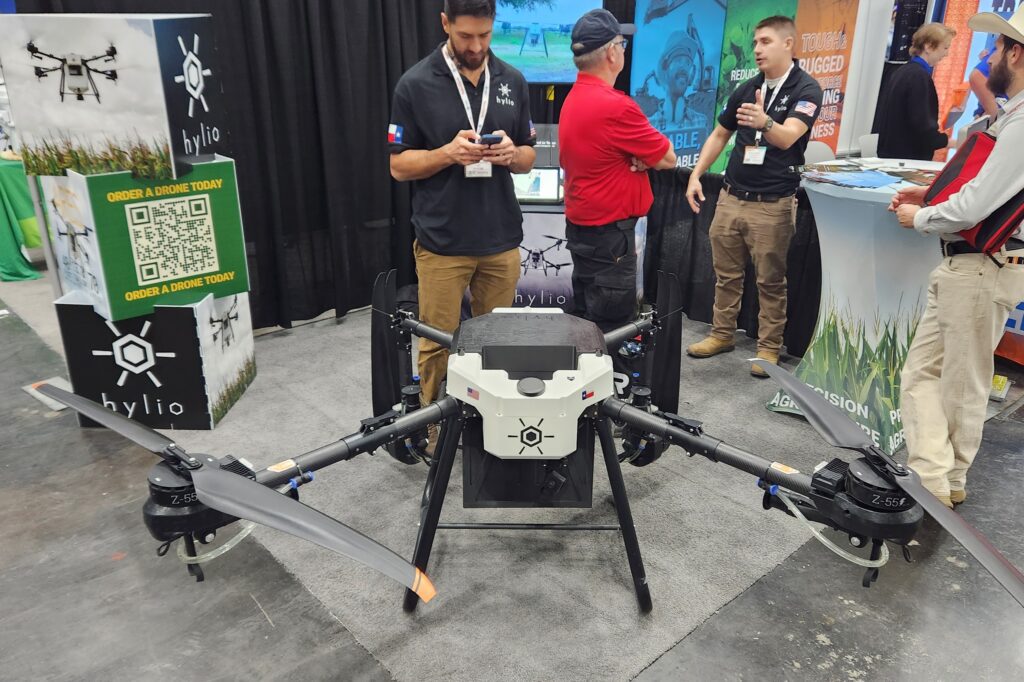
Container and Modular Housing: Reimagining Shelter and Workforce Space
The other major highlight for me was the modular and container-style housing vendors. These weren’t your typical pop-up shelters, they were thoughtfully designed, durable, and adaptable units that could serve multiple purposes: temporary housing for displaced families, workforce lodging for recovery teams, or even mobile command centers.
Many of these structures are built with sustainability and scalability in mind, using durable materials, renewable energy integration, and off-grid capabilities. Some models incorporated solar arrays or water recycling systems, blending design innovation with resource considerations.
Standing inside one of these units, it was easy to imagine them being deployed to coastal regions after a storm, or even adapted for long-term affordable or workforce housing — a growing challenge in Texas and beyond. These designs prove that resilience can be beautiful, functional, and fast to deploy.

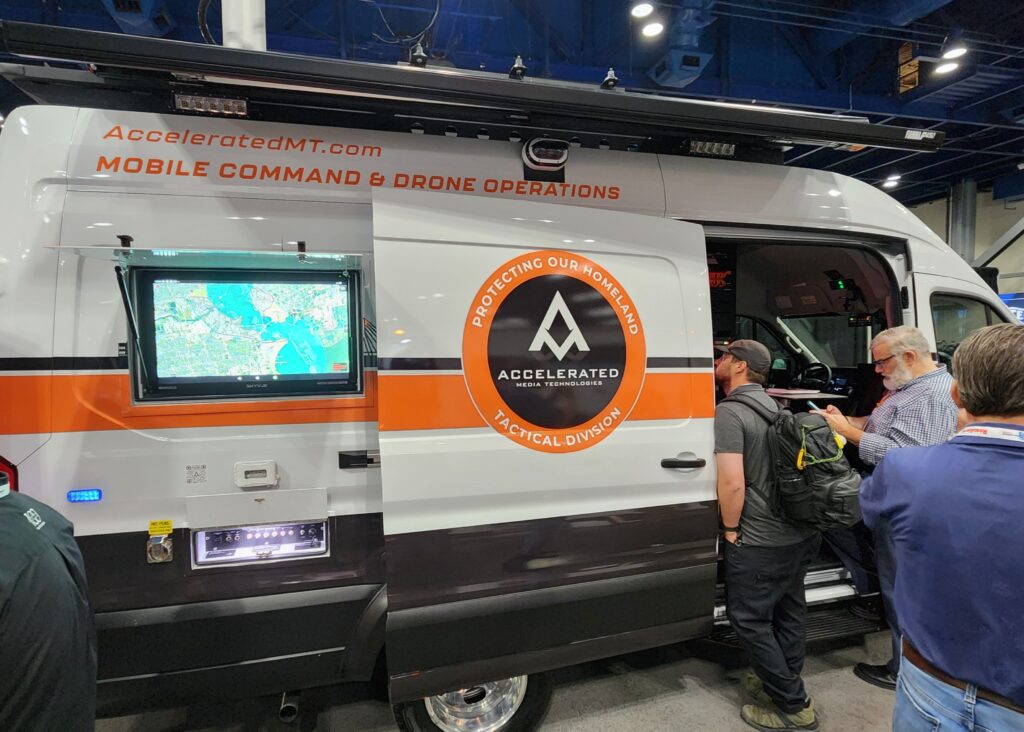

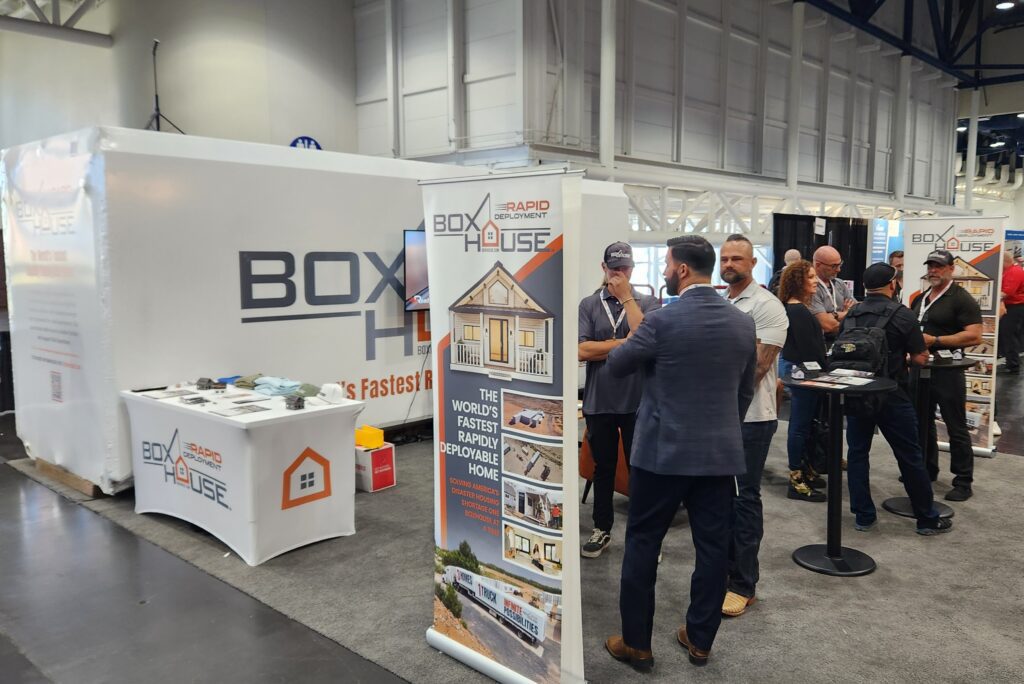

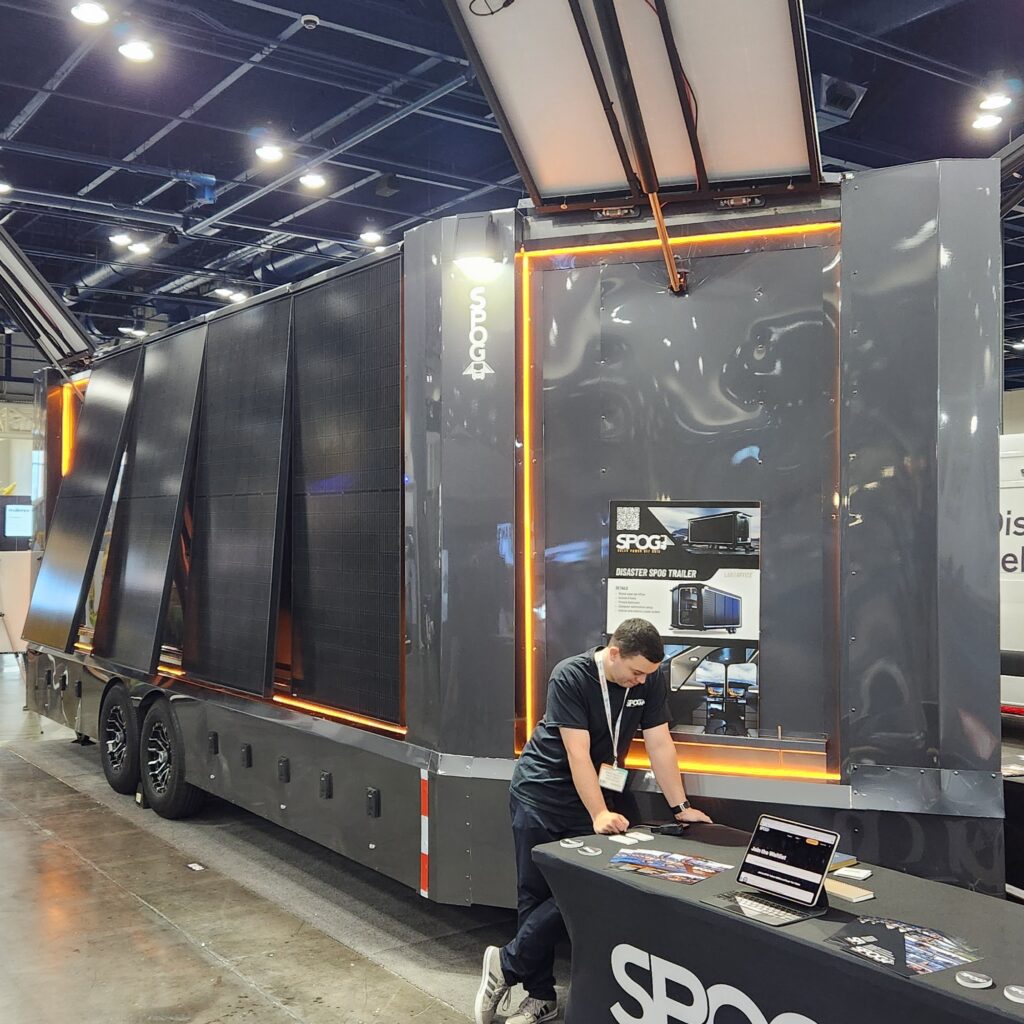
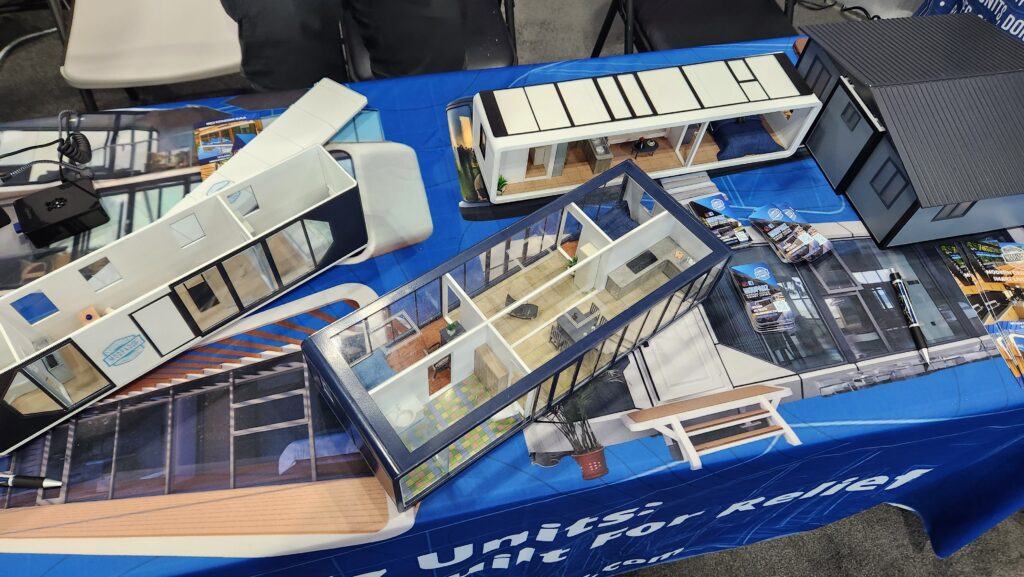
Houston: The Perfect Backdrop for the Conversation
Houston is no stranger to the realities of disaster and recovery. From Hurricane Harvey’s flooding to ongoing urban heat and infrastructure challenges, the city has become both a case study and a catalyst for resilience innovation.
Hosting this event here felt symbolic — a reminder that resilience is built not just through policy or design, but through lived experience and adaptation. The local organizations represented at the expo spoke to that directly, showcasing flood mitigation projects, community preparedness initiatives, and cross-sector partnerships that are redefining what recovery looks like in the Gulf region.

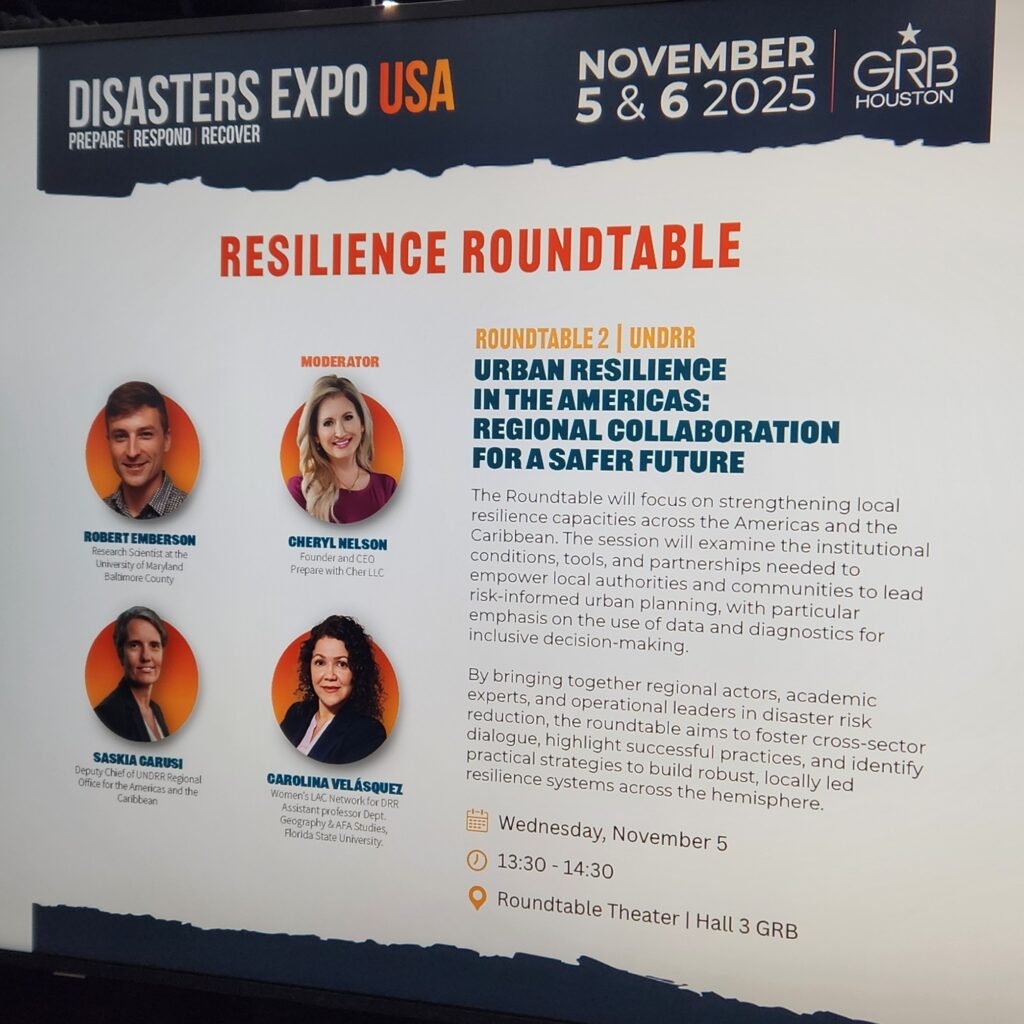



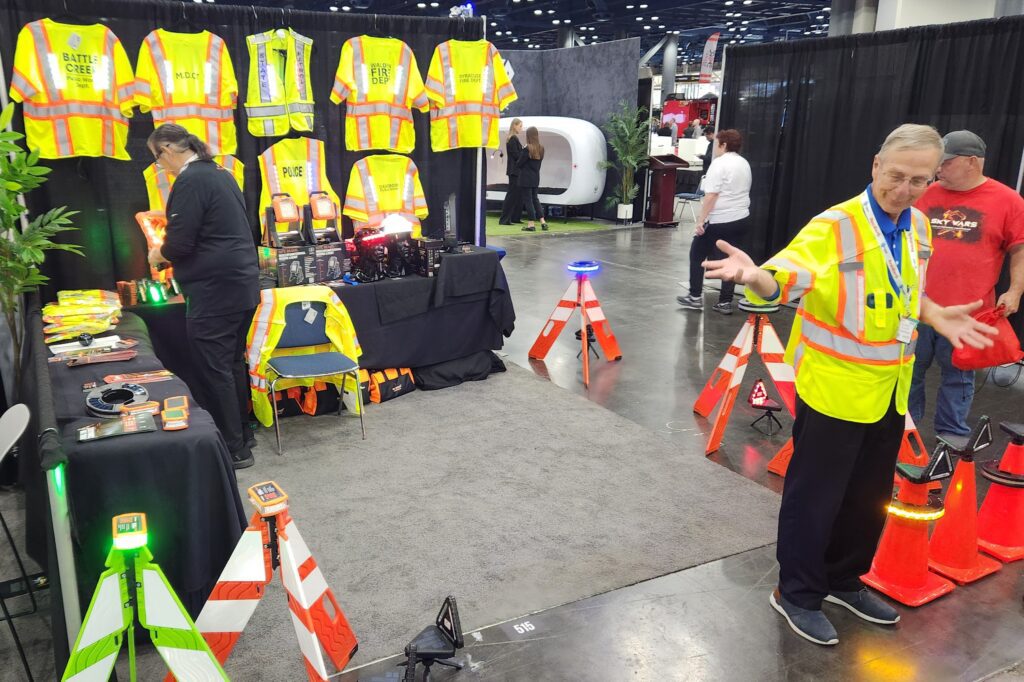
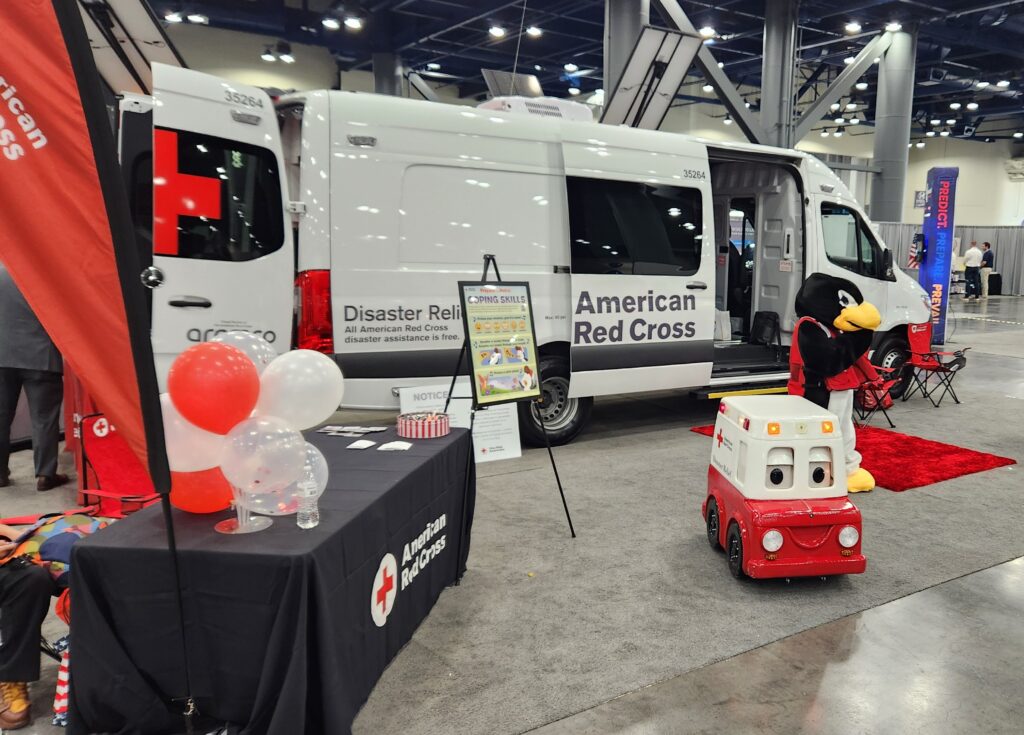
Why Resilience Matters More Than Ever
If there’s one takeaway I left with, it’s that resilience isn’t passive — it’s proactive. It’s not about bouncing back after disaster; it’s about building forward with foresight.
Resilience is multi-layered, it spans emergency management, housing, energy systems, and community engagement. It demands collaboration between the public and private sectors, between engineers and educators, between policymakers and residents. What impressed me most about this expo was how many people from different backgrounds were working toward that same shared vision.
The intersection of technology, resiliency, and community planning is where the most exciting innovation is happening. From drone fleets improving emergency coordination to modular housing expanding equitable recovery, these solutions embody the creative resilience our future depends on.
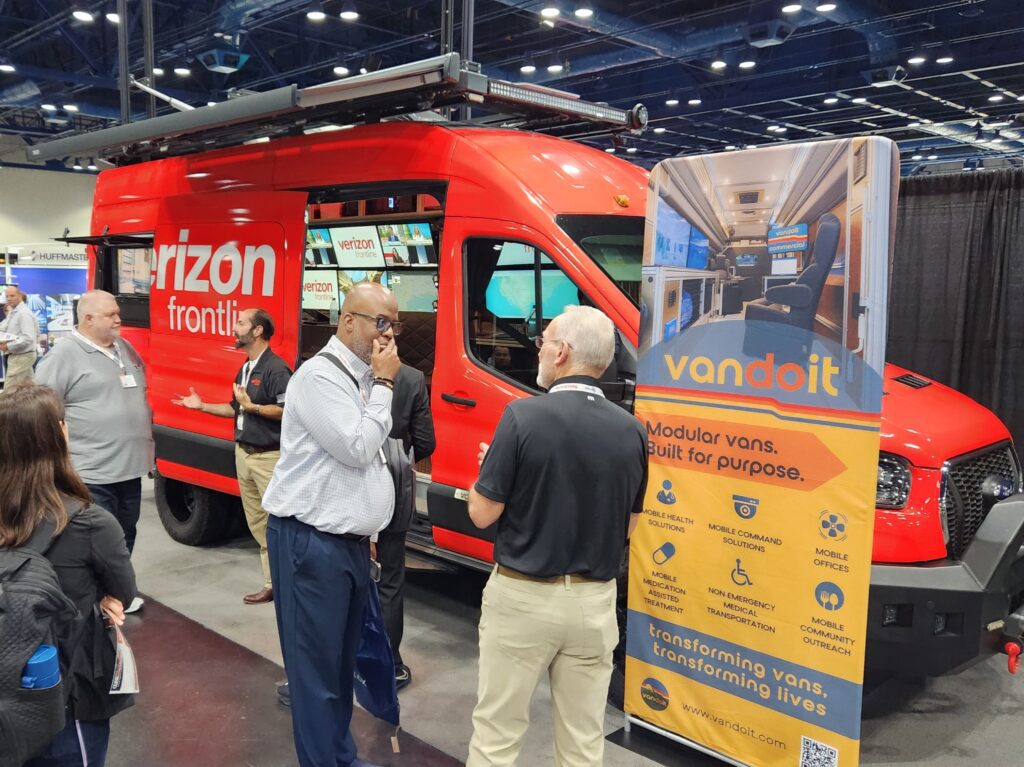
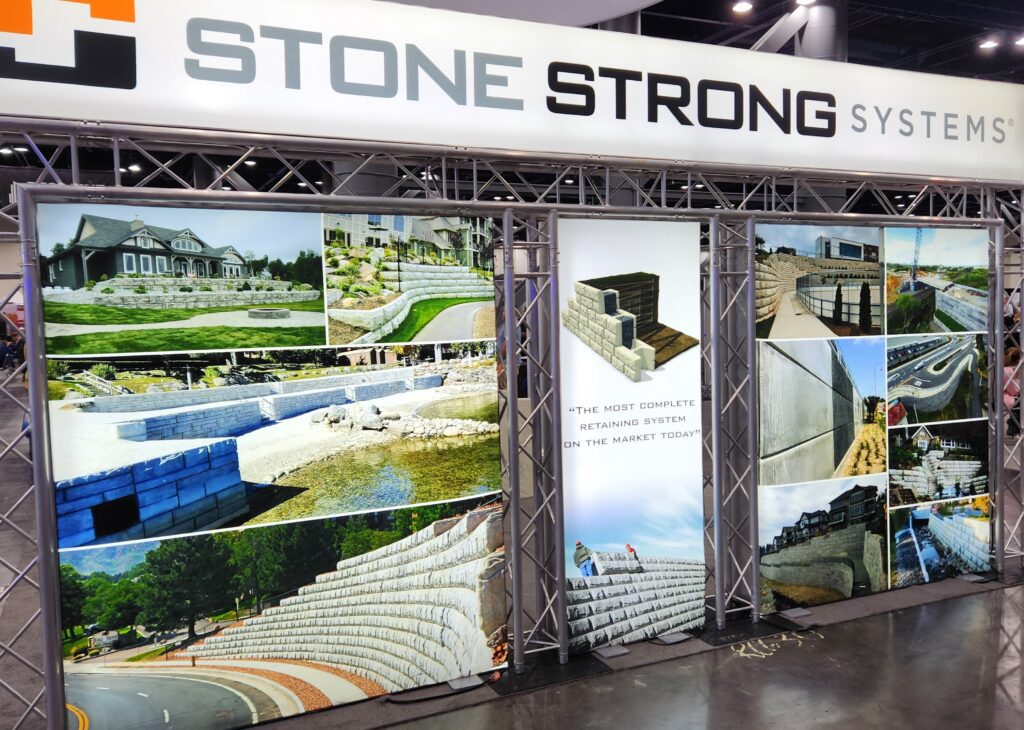
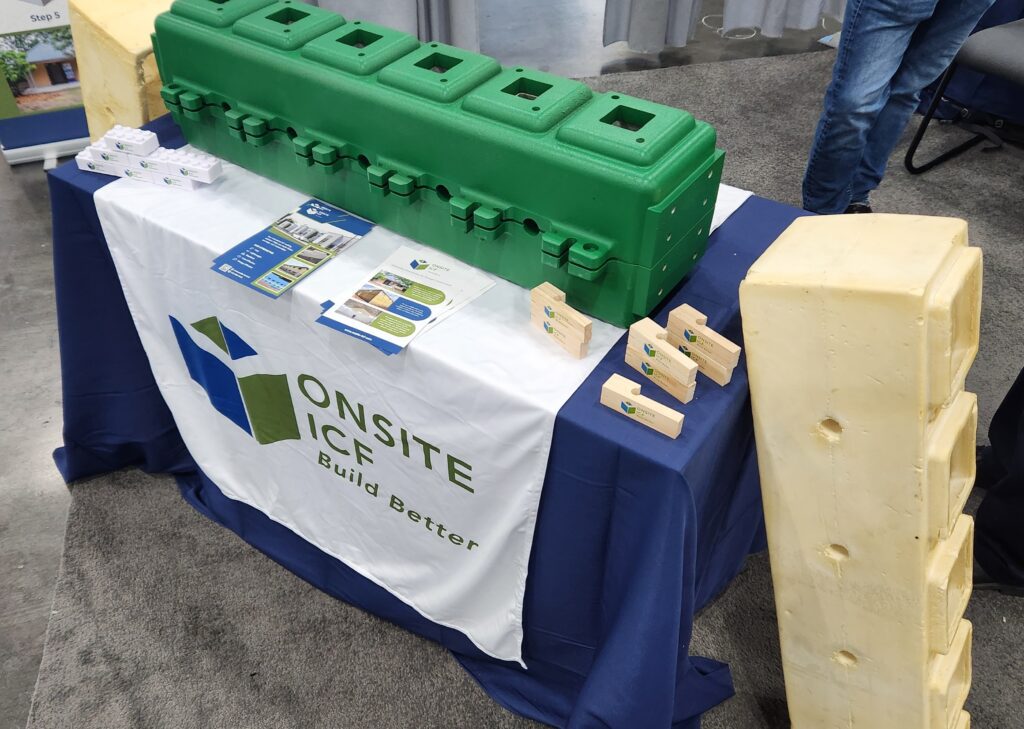

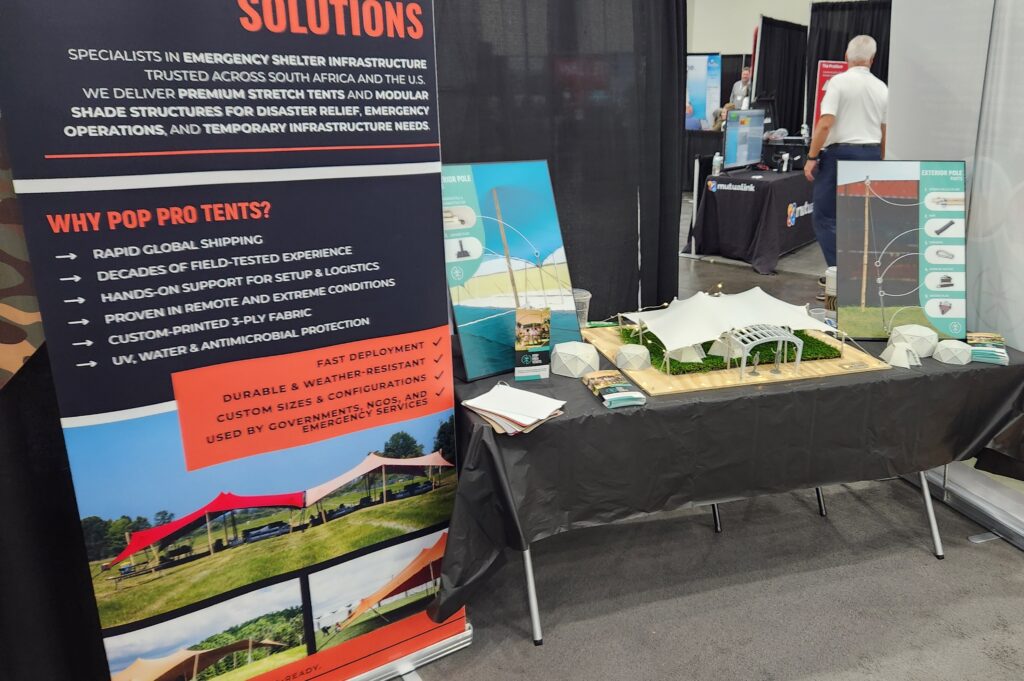
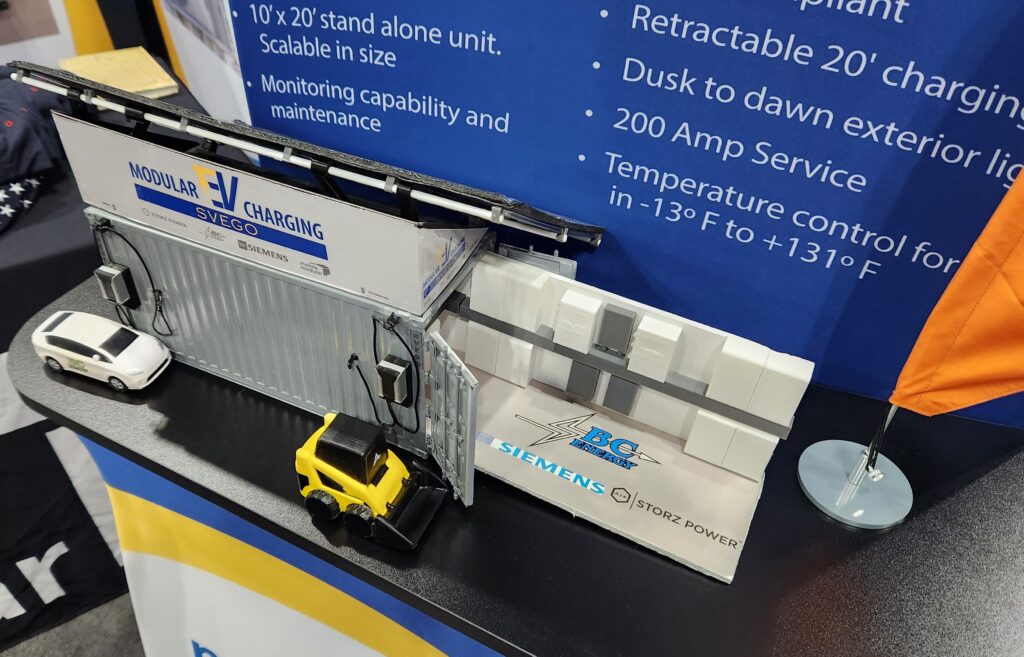
Final Thoughts
Attending Disasters Expo USA and Resilient City Expo reminded me that the path to a sustainable, adaptable future is already being built — often literally, one innovation at a time. The vendors and organizations I met weren’t waiting for the next disaster to act; they’re preparing now, developing scalable solutions to protect lives, livelihoods, and local ecosystems.
Resilience is about readiness, but it’s also about reimagining — how we design, how we build, and how we come together as communities. And events like this, where immediate response meets long-term sustainability, make that vision feel not just possible, but tangible.
For anyone working in sustainability, resiliency, emergency management, or community development, these expos are worth adding to your calendar next year.
Learn more at:
Disasters Expo USA
Resilient City Expo



